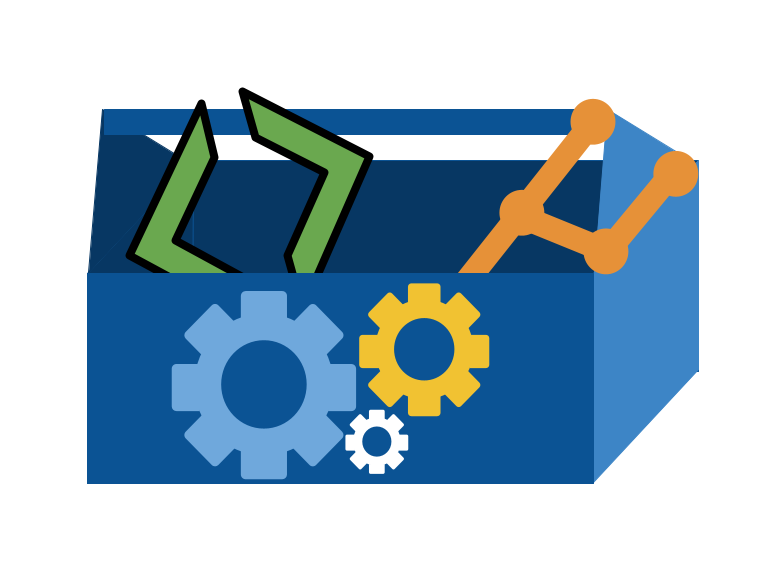15. What is an IDE?#
15.1. Review your notes#
Important
Do this before proceeding to the next section
Either discuss with peers in class or on the GitHub (asynch) discuss commonalities in your IDE notes.
15.1.1. In person#
What different tasks did all of you use an IDE for?
What features of an IDE did you all use?
Which features were used but not very much?
Share the most helpful IDE feature you use?
Update your individual IDE notes with 1-2 things you learned from your peers.
15.1.2. On GitHub#
There are questions on the GitHub Discussion. Update your individual IDE notes in your KWL repo with links to your post and replies.
15.2. Learn more#
15.2.1. In person#
In class with your peers you can divide these up and read one and then share key points with others.
With your group, build a large list of IDE attributes or features that would be important, and make a table of how would you evaluate attribute? Which ones would you evaluate by just if it exists or not? Which ones would you evaluate in different degrees, what attributes of them would you evaluate?
Discuss with your group how you would rank them. You do not all have to agree on a final ranking, but notice the differences.
Summarize what you all discussed on GitHub for your classmates. Note the ranking, with any disagreements.
15.2.2. Asynchronous#
After reading the above, also read at least 3 different articles about the “best IDE” for your favorite language or for multiple languages.
Notice what IDE attributes or features the authors think is important, and how they evaluate each criterion. Which ones are evaluted as present/missing? Which ones are evaluated in more detail.
Join the discussion on GitHub summarizing what you found the most important criteria to be and if you personally agree or not.
15.3. Experience Reports#
For today, whether you are in class or asynchronous use the experiecen report (makeup) action. Use ISO date format: YYYY-MM-DD for the workflow input.
15.4. Review today’s class#
Explore the IDE you use most and add
frequentide.mdto your kwl with notes about which features it does/not have based on what you learned in the in-class activity.Try a new IDE and make some notes about how it was to learn in
newide.mdWhat is easy? hard? What could you apply from the ones you already use? Were there features you had trouble finding?
15.5. Prepare for Next Class#
Read about connection protocols in general and specifically https and ssh. Wikipedia is a good source to start from, use sources to veirfy anything you find confusing. Be sure you have the basic terminology down and bring questions to class. Plan to check off your questions as they are answered during class on Tuesdady and then submit others in your experience reflection.
15.6. More Practice#
Explore the IDE you use most and add
frequentide.mdto your kwl with notes about which features it does/not have based on what you learned in the in-class activity.Compare at least 3 IDEs for working in a single language. Your comparison should be based on first hand experience using each of the IDEs. Complete the same task in each tool. Create
favoriteide.mdto define and justify your preferred IDE. Include a ranked list of your criteria(which attributes and features) with justification/explanation of your ranking of these criteria. Then describe how each of the three IDEs meets/does not meet those criteria, and a conclusion of which IDE is the best based on your criteria.
15.7. Questions After Today’s Class#
Will be gathered from your experience reports.
